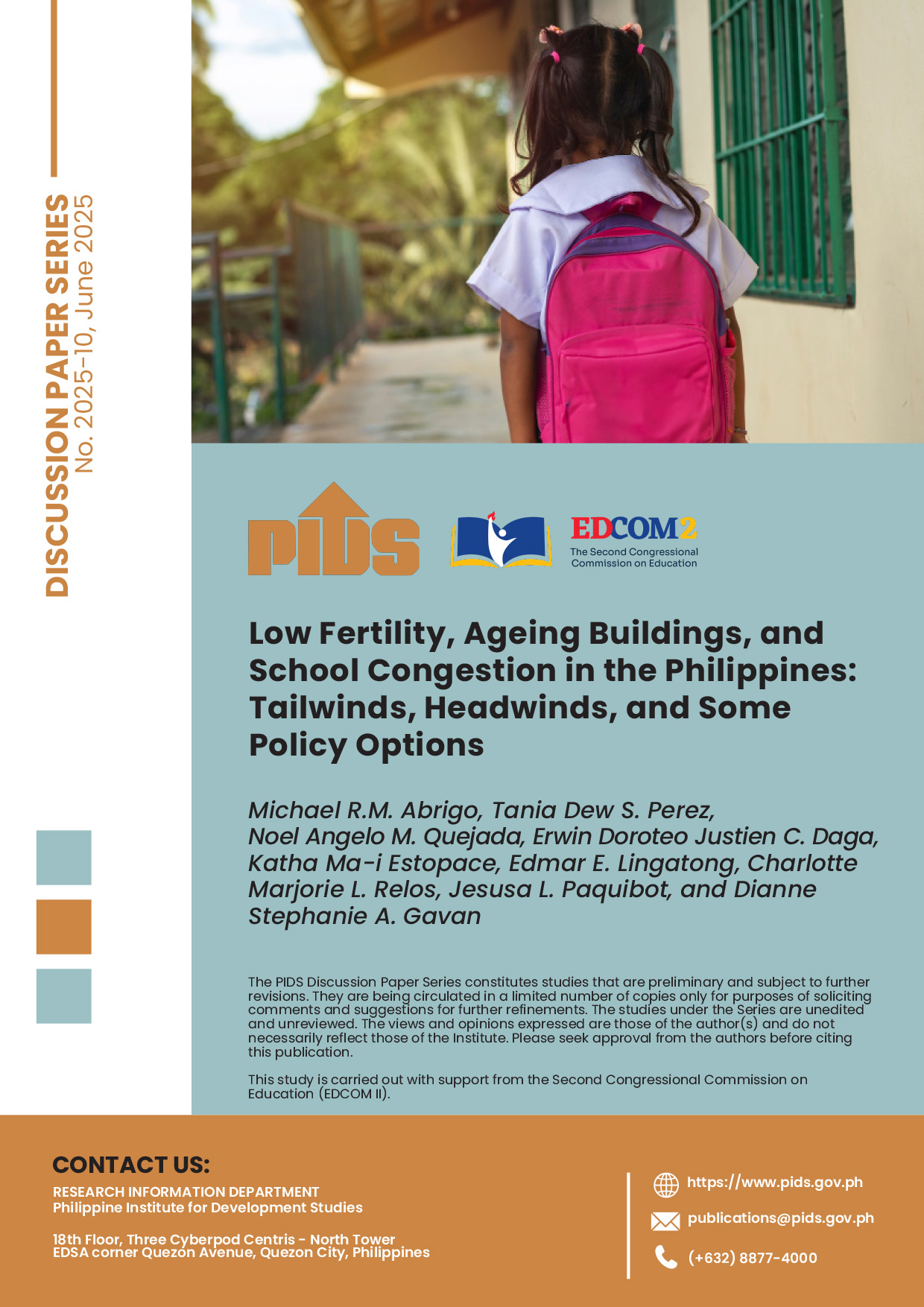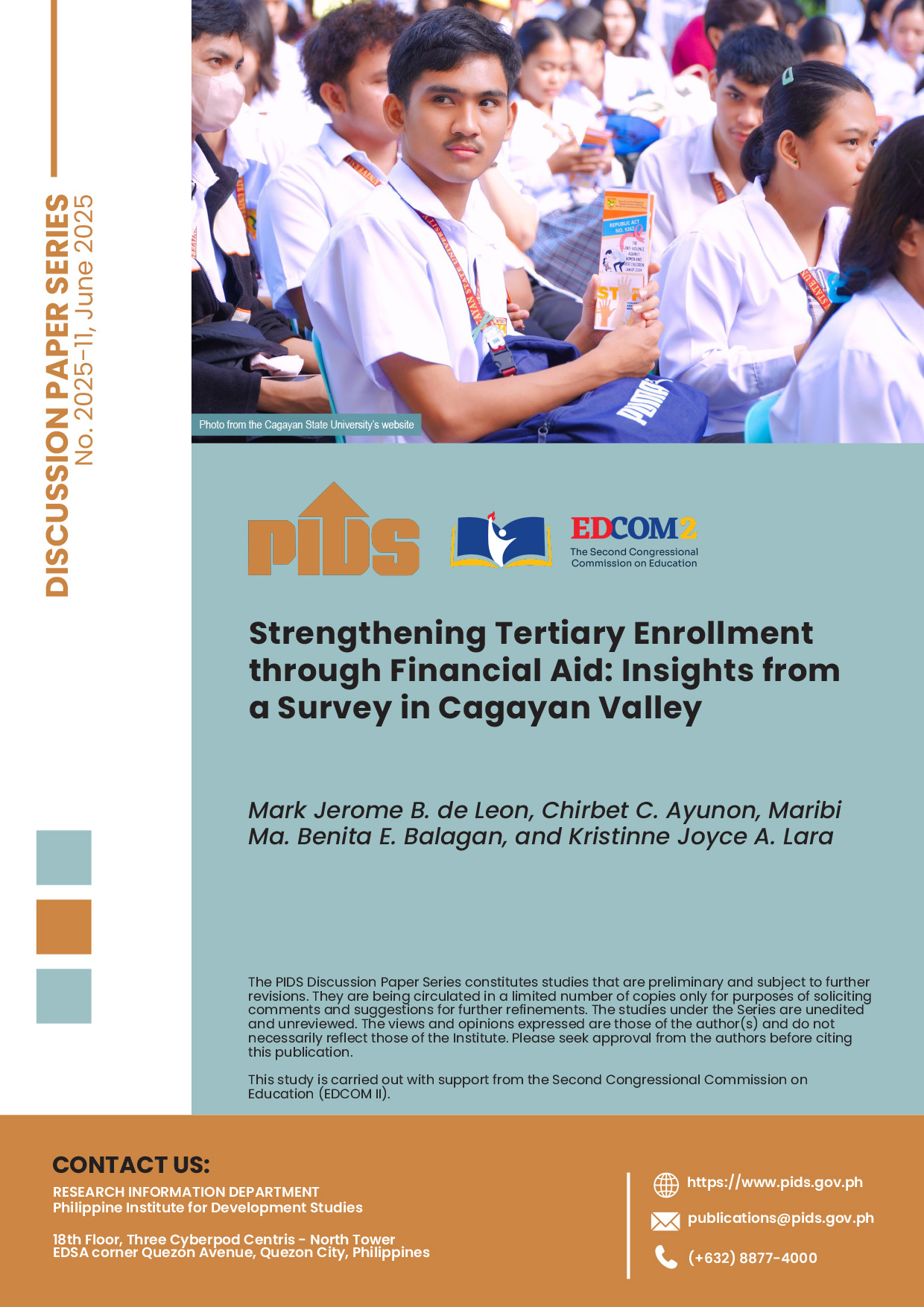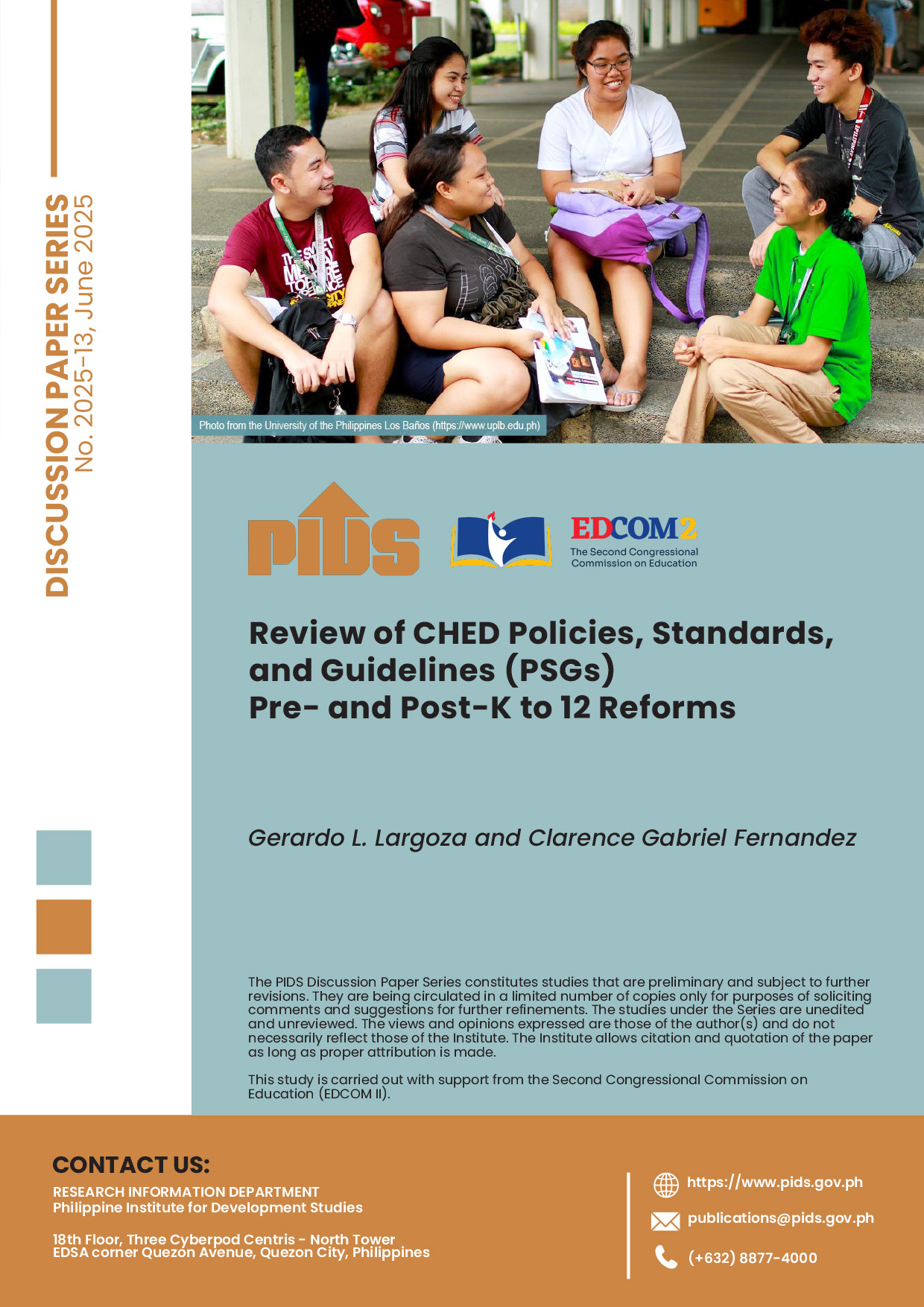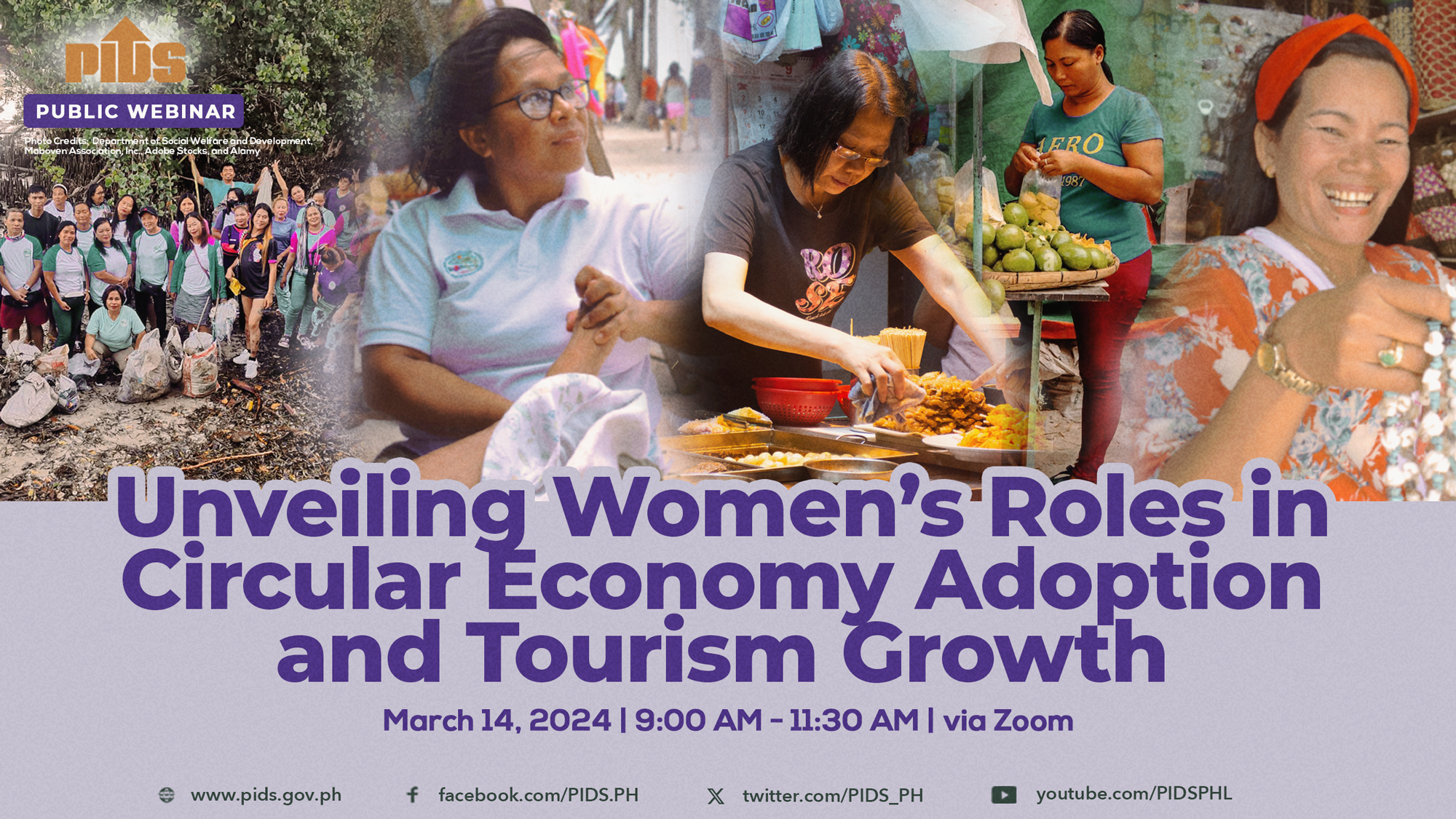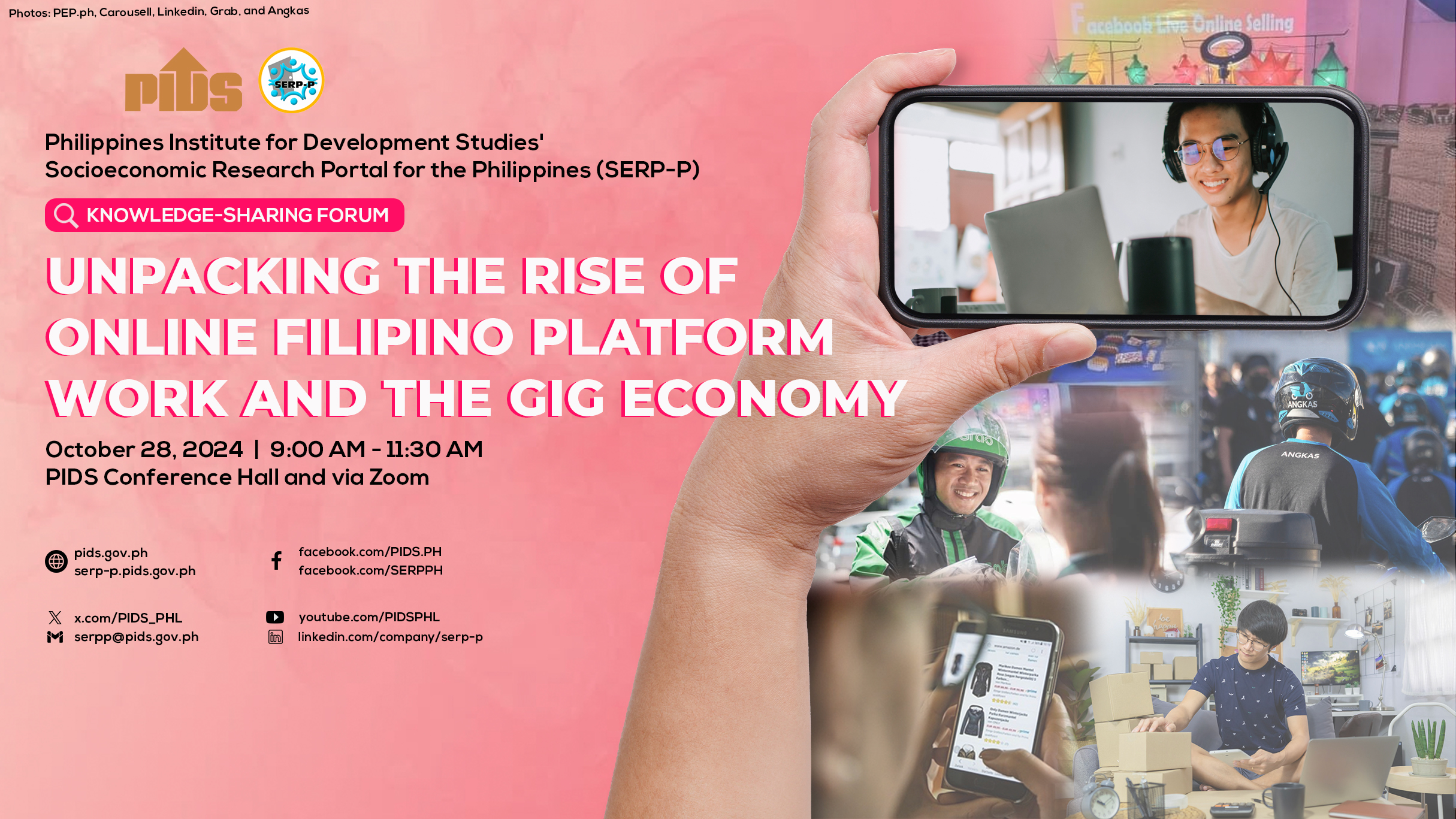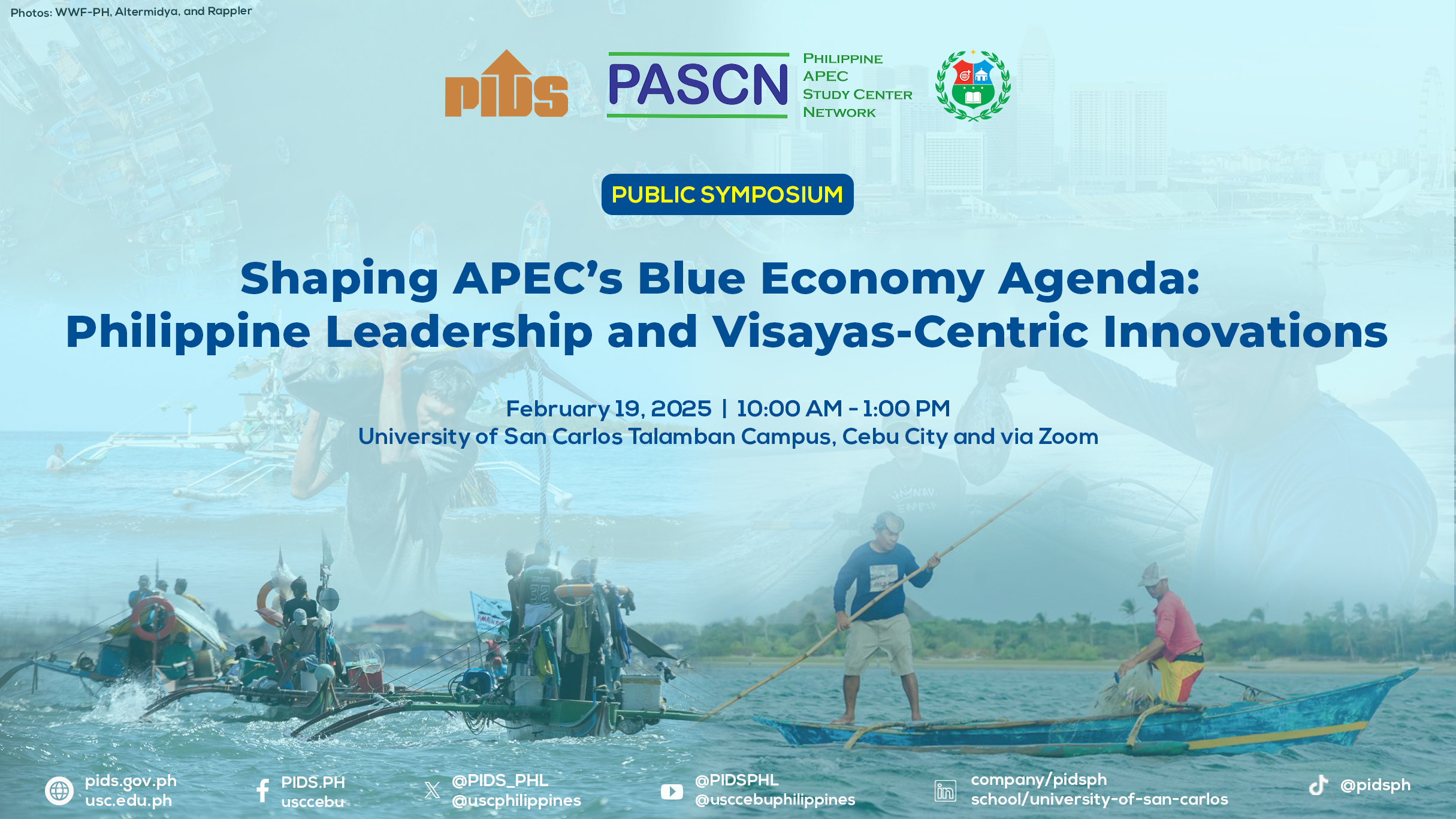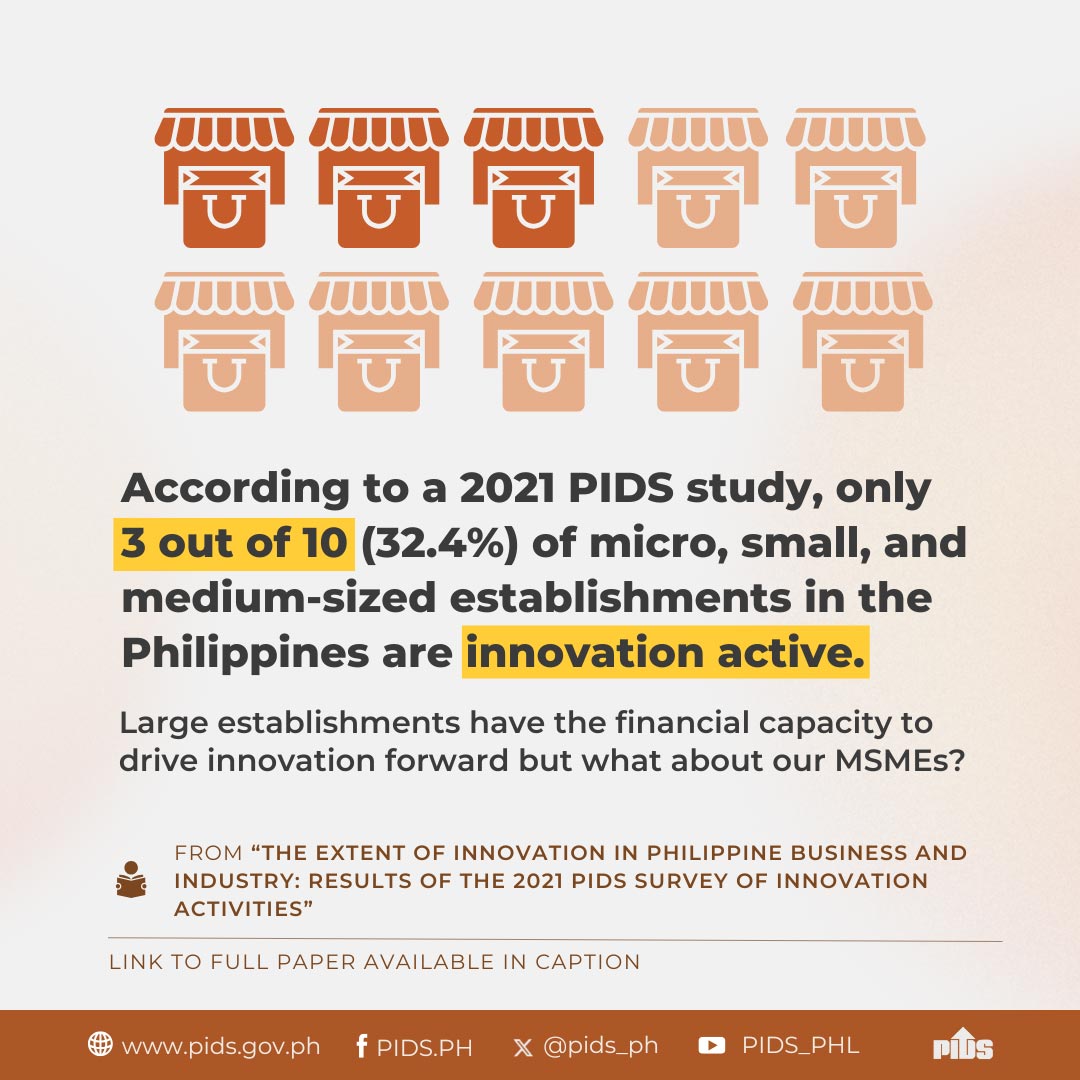ON Dec. 24, 1968, US astronaut William Anders photographed the Earth with an analog camera as the Apollo 8 spacecraft emerged from behind the far side of the moon. "Earthrise" is probably the most influential environmental photograph ever taken. Anders said, "We came all this way to discover the Moon. And what we really did discover is Earth."
The photo showed a round planet with predominantly green and blue color but with visible patches of brown in Africa and a few other continents. Almost 55 years later, one can predict that more brown areas would probably appear if new photos were taken from the same vantage point.
Toward sixth mass extinction
A recent research by scientists in the US and Spain revealed that the earliest humans had a balanced diet of raw fish, meat and plants (sashimi and green salads) — before fire was discovered over a million years ago. We can assume that there was negligible pollution then or none at all.
Fast forward to modern times. The 18th-century Industrial Revolution began modernizing societies, introducing artificial substances to replace natural raw materials and plant products and bringing environmental problems and habitat loss in exchange for progress. Fossil fuels (coal, oil and gas) later accounted for 75 percent of greenhouse gases (GHGs) and 90 percent of carbon dioxide emissions. By the end of the 19th century, waste from industries and factories was pervasive in Europe and the United States.
New factories and farms benefited from inventions in the first Industrial Revolution and hired able-bodied men. A strong middle class soon emerged. Human population growth (from 3.5 billion in 1968 when the Earthrise photo was taken to 8+ billion today), human birth rate at more than twice the death rate, overconsumption of natural resources (mostly by the world's wealthy), and increasing demand for food by a growing population — all these tend to push the Earth into a possible sixth mass extinction event.
Scientists explained that a mass extinction event happens when roughly 75 percent of species —bacteria, fungi, plants, mammals, birds, reptiles, amphibians or fish — vanish much faster than they are replaced. In the past, a mass extinction was caused by a lack of oxygen among marine life roughly 450 million years ago. Other mass extinctions were caused by extreme temperature changes, rising or falling sea levels, and sometimes by one-off events such as huge volcanic eruptions or an asteroid hitting the Earth. Sometimes, however, they are followed by the appearance of new life forms.
The World Wide Fund for Nature (WWF) is a Swiss-based international nongovernmental organization founded in 1961. It adopted a giant panda named Chi-Chi at the London Zoo as its symbol. WWF works in wilderness preservation and reduction of human impact on the environment. WWF said on its website, "Unlike previous extinction events caused by natural phenomena, the sixth mass extinction is driven by human activity, primarily the unsustainable use of land, water and energy, and climate change."
Types of economies
On June 3, 2022, Richard Matthews wrote in the Change Oracle and differentiated a brown economy from blue and green economies. He described a brown economy as "one in which economic growth is largely dependent on environmentally destructive forms of activity, especially fossil fuels like coal, oil and gas. ... This type of economy is responsible for the massive levels of global warming-causing greenhouse gases (GHG) in our atmosphere. Air and water pollution are defining features of this type of economy as are a range of harmful impacts on biodiversity."
He defines the blue or marine economy as "one that supports clean and healthy oceans and aquatic ecosystems ... and primarily focuses on managing oceans, waterways, and water resources." He also said it is about "minimizing marine pollution and resource use. Coastal restoration, protection, adaptation, and offshore renewable energy development" are parts of the blue economy.
Matthews explained that the green economy is "premised on economic production which minimizes emissions, reduces resource consumption, and lowers environmental costs ... [and] involves recycling natural resources in a model of economic development that emphasizes economic, environmental, and social benefits. In its simplest essence, the green economy is one that results in improved human well-being and social equity while significantly reducing environmental risks and ecological scarcities."
The United Nations Environmental Program (UNEP) defines a green economy as one that "carries the promise of a new economic growth paradigm that is friendly to the Earth's ecosystems and can also contribute to poverty alleviation."
PH Green Jobs
In April 2016, Republic Act 10771, the "Philippine Green Jobs Act," became law. It aims to promote the creation of green jobs in agriculture, fisheries, forestry, and waste management. The government commits to "identify needed skills, develop training programs, train and certify workers for jobs in a range of industries that produce goods and render services for the benefit of the environment, and conserve natural resources for the future generation."
The UN International Labor Organization (ILO) defines green jobs as "decent jobs that contribute to preserve or restore the environment, be they in traditional sectors such as manufacturing and construction, or in new, emerging green sectors such as renewable energy and energy efficiency."
Mariejo Ramos of Thomson Reuters Foundation wrote on July 27, 2023, "Seven years after the law was passed, however, the vital standards and technologies to train and certify workers for jobs that produce green goods and services have yet to be defined, delaying implementation. The standards are now close to completion, and the government has committed to put the law fully into practice by the end of 2023."
Meanwhile, Danielle Marie Torralba of the Climate Change Commission, one of the implementing agencies of the Green Jobs Act, said, "The Philippines is not yet fully ready for just transition because it still doesn't have the technology to improve green practices. In addition, climate change awareness is not popular or mainstreamed in our society," adding that details of the law were "near the finish line" to allow implementation by the end of 2023. (Thomson Reuters, July 27, 2023.)
A study by the Philippine Institute for Development Studies (PIDS) revealed that "in 2016, about 7 million Filipinos, or roughly 17 percent of employed workers, were in the green sector. They were employed in the services (4.3 million), industry (1.6 million), and agriculture (1.3 million) sectors."
Sir Nicholas William Peter Clegg, president for global affairs of Meta (formerly Facebook), said, "In the years ahead, the only sustainable growth will be green growth. It's a guarantee of jobs and prosperity for generations to come. It's a massive opportunity."
Green is the color of Nature. It symbolizes many things to many people — peace, harmony, and optimism. To me, green means hope, growth and new beginnings.

